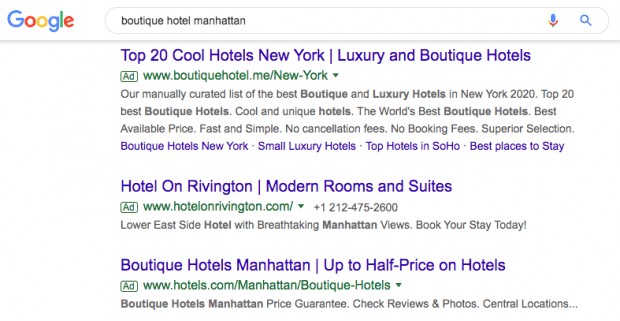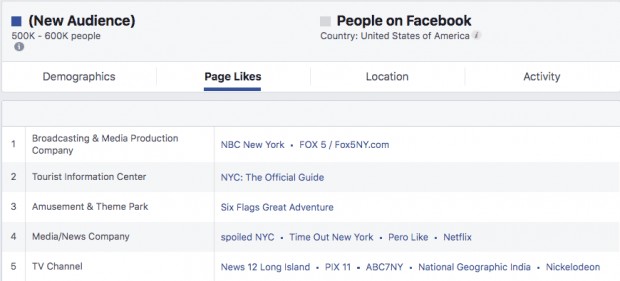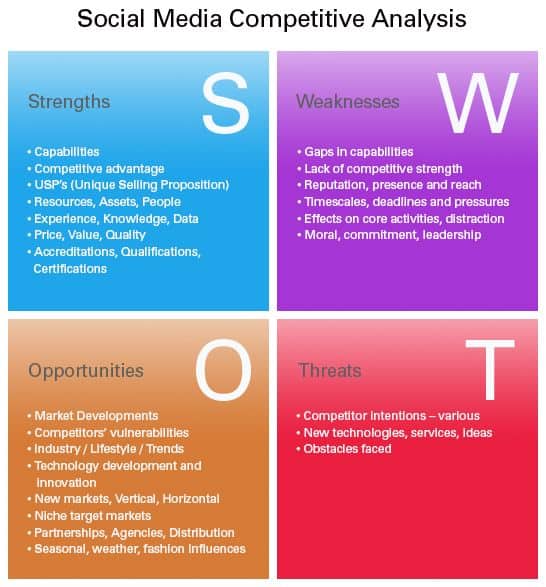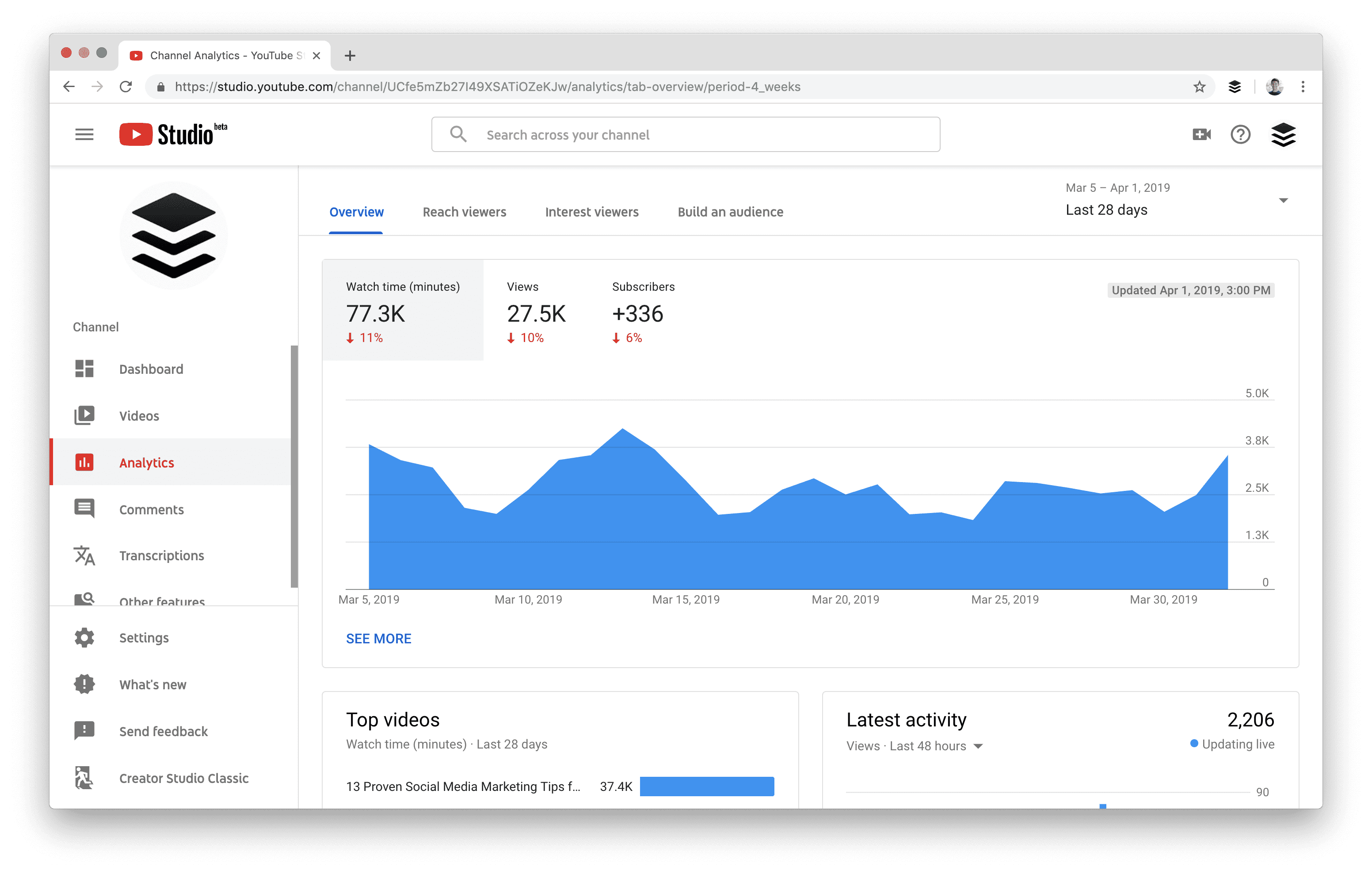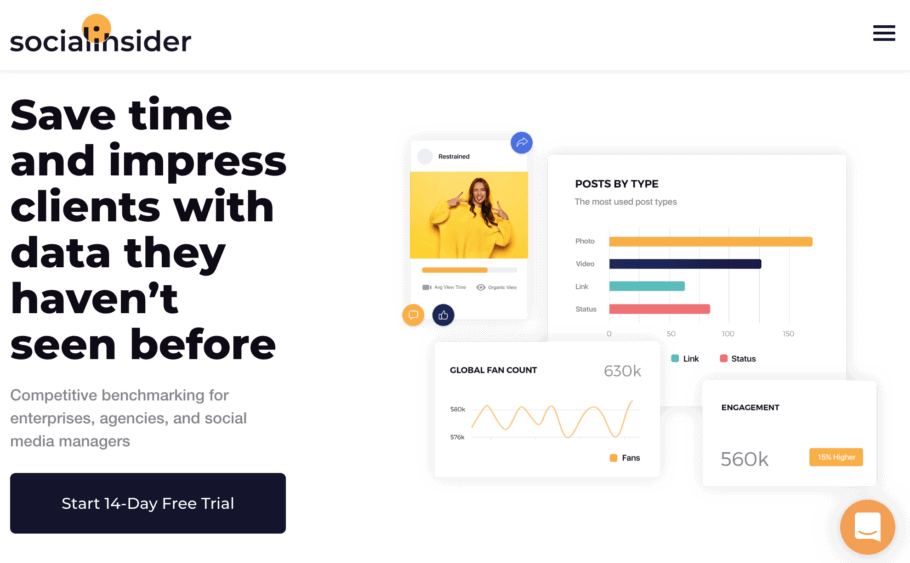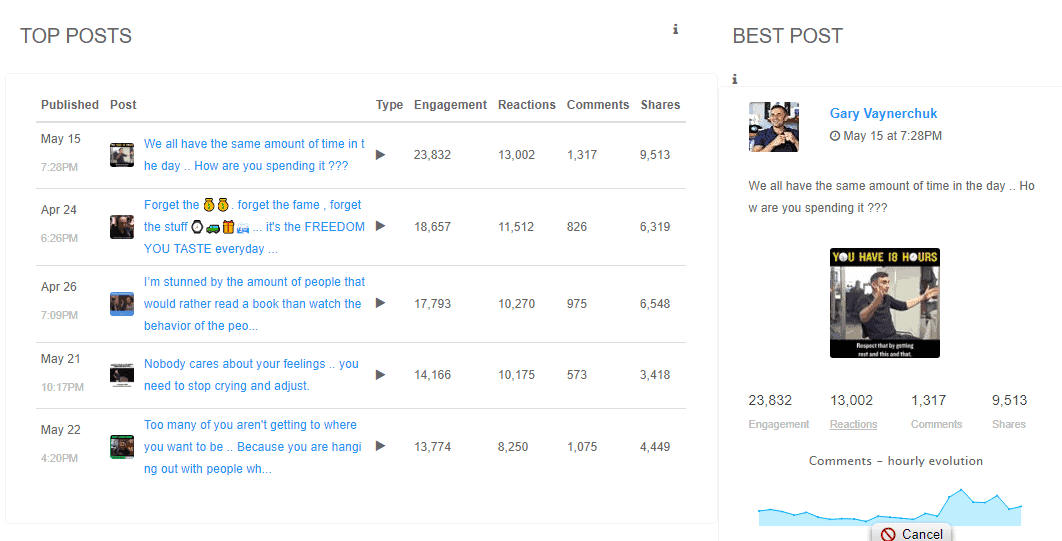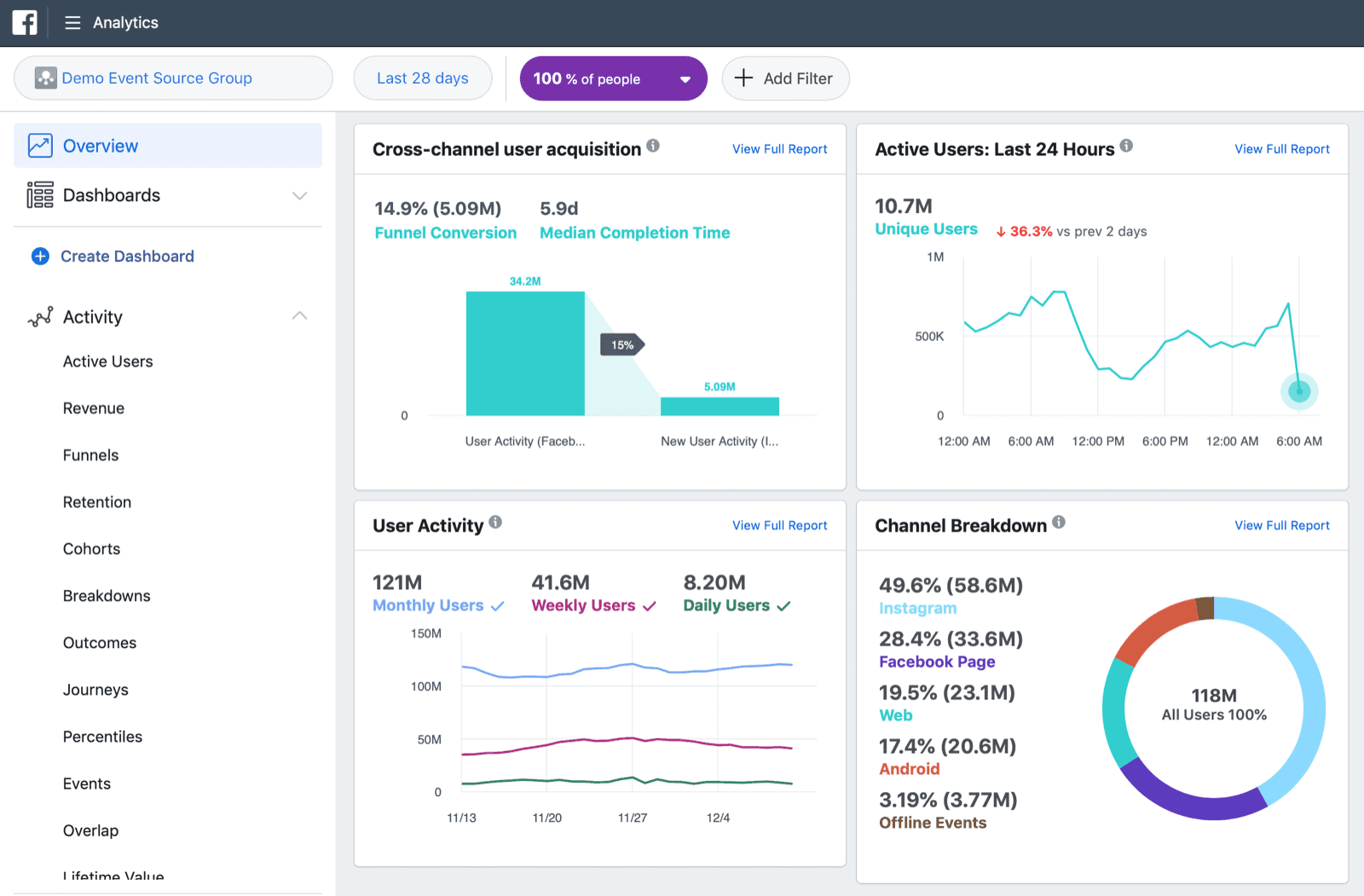Today, brands and businesses have realized that investing in social media is as important as non-virtual platforms.
Since the internet has made the world a much smaller place, owners use it as a brand-value building and awareness tool. All the brands aspiring for success need to get on this bandwagon.
Now, let us ask you: How can a brand ensure that it has the edge over other competitors in the local and international markets?
To have an up-to-date, effective social media strategy, you must conduct social media competitive analysis regularly.
But what is social media competitive analysis?
What are the components or steps of such a process?
What is its relevance/benefit vis a vis brand awareness, outreach, and competitive edge?
Let’s find out.
1. Competitive Social Media Analysis Guide
Competitive social media analysis is nothing but an analysis of your competitors’ social media presence and reach. It is a quest to identify the method(s) of outreach used by them, along with the positives and the drawbacks of such strategies.
Further, it involves comparisons between such inferences with your brand’s own social media marketing strategies.
Putting together a competitive social media analysis is key because it helps in the following:
- Identification of relevant competing brands on social media
- Their degree of presence on certain platforms
- Various platforms preferred by these brands for marketing
- Their methods of using such social media platforms
- Results of the strategies they employ
- As identified in the first part of the analysis, a brand’s social media marketing strategy is compared with its competitors.
- Noting the virtual social threats to a brand
- Finding flaws in brand strategies and
- Mending such loopholes
2. The Steps Of a Competitive Social Media Analysis
Given below are some useful procedures that one can use to conduct a fruitful competitive social media analysis. Following them, you can have the upper hand over its competition on different social media platforms.
In addition, it can help strengthen your virtual outreach measures by investing more in the right areas.
2.1 Create a List of Competitors
To create this list, you must first figure out the relevant competitive keywords. Keywords are crucial words for which every brand strives to rank within the top search engine result pages (SERPs).
The keywords in this list can vary depending upon the nature of the brand and the industry in which it belongs.
So how do you conduct keyword research? It’s easy.
- Create a list of competitive keywords based on your brand and business relevancy.
- Identify the top brands for these selected keywords on Google and other social media sites like Facebook, Instagram, and Twitter.
- Identify identical brands that are liked and followed by your target audience.
- Choose 5-10 most relevant competitor brands.
Comprehensive knowledge of the keyword inventory is integral to identifying competitors in the virtual space.
Many analysts use keyword planners to create an informed list of the pertinent keywords and average searches per month, and targeted competition levels.
These keywords can help you notice exactly which businesses can be termed as competition. Automatically, this puts you in a better position as compared to your competitors.

2.2 Take a Look at Google SERPs
From a list containing 10-15 of the most relevant keywords, 5-10 chosen ones must warrant Google searches. Enter the online competition! First, some of the most popular brands will have Google advertisements to their names.
They are simply investing in Google ads to get their brand names at the forefront of the organic search results. This already puts them in a better position compared to other brands!
Along with Google SERPs, taking a look at this top-tier competition’s social media pages/websites is helpful. This way, an analyst can note the different media avenues through which successful brands have already created a promotional base for themselves.
For example, Facebook, Twitter, and Instagram searches based on the 5-10 relevant keywords open a different world! The top search results demand a closer look. Posts created and/or shared by these brands, comments and feedback given by followers or customers, and even the likes on each of their posts help your brand analyst realize their popularity in the virtual realm.
More on keyword research
- Keyword Research Guide to Improve Your SEO
- Keyword Research Tools That Top Marketers Use in 2020
- How Long-Tail Keywords Could Drive Better Rankings
2.3 Brand Audience
Moreover, you need to sift through data on which businesses are followed by a brand’s audience. Identifying other brands preferred/considered by a particular brand’s audience lets the analyst create a well-informed list of competitors.
Tools like Twitter Analytics and Facebook Audience Insights are perfect for using to attempt in-depth customer research. Especially on Twitter, you should verify which other brands a particular business’s audience is interested in.
Keeping these important points in mind, you can gather enough information to create a mighty long list of potential competition.
The next step?
Cut and clip this list down to the five-six brands that can be considered as your closest competitors. Looking for other popular businesses, followed by a particular audience, can easily help you narrow down this list.
2.4 Data Accumulation
How are these competitor brands using social media platforms?
The social networks of these brands and their websites must be considered before you can paint a clear picture of their popularity. Generally, their social media pages can be found on their websites (header and footer).
The trick is to go through the brands’ social media content to gather data instrumental to social media analysis.
This data must include:
- The various social media networks in which such businesses invest for promotion and brand outreach
- Their rate of posting
- Number of followers/audience
- The number of loyal customers
- Their rate of engagement
- Rate of hashtag use
- Frequently used hashtags
2.5 SWOT Analysis
In addition, the above data must be gathered concerning a brand’s own audience as well. The reason? A holistic SWOT analysis! As alternatives to manual search and collation of information, certain tools can expedite data collection.
SWOT analysis is by far the most analytical step of an efficient social media competitive analysis. Post data collection, you must analyze it to understand its position over your closest competitors. Thereafter, you can think about possible strategic improvements and the related potential barriers that can (and must) be overcome.
Enter the Strength, Weakness, Opportunities, and Threats (SWOT) analysis. As evident, this step paves the way for an all-encompassing review of the positives and the drawbacks of a brand’s social media awareness strategy.
To start with, the strengths and weaknesses can be clustered as values determined by your brand’s internal factors. This includes analyzing the efficiency and effectiveness of an existing strategy, along with the possible areas of improvement.
On the other hand, opportunities and threats are determined by external reasons. Basically, these include the rules and regulations of the larger business milieu that every brand is a part of.
Since each industry has its own competitive business environment, you must consider before making an informed SWOT analysis and presenting the same to aboard.
2.6 Brands Strength and Weakness
To gauge a brand’s strength, you have to jot down the metrics for which its numbers are higher than its competitor businesses.
Your brand’s weakness can also be evaluated using metrics for which its numbers are higher than the competition. They can be reduced and overcome by rehashing social media marketing strategies that are found to be wanting.
Every social media network might bring its own strengths and weaknesses. For instance, a larger number of followers in one platform might prove secondary to exponential follower growth. On the other hand, audience engagement might not be efficient even though the number of brand followers is high on a particular page. In this regard, specificity is key!
2.7 Various Opportunities
After successfully realizing the strengths and admitting to the weaknesses, you must identify the various opportunities that must be utilized to the fullest. This includes avenues of improvement based on the data obtained or anticipated based on shifts in the social media networks.
For example, many people in the fashion niche have started acting as Instagram influencers who collaborate with various fashion and cosmetics brands for advertisement.
This way, upcoming fashion brands can help established influencers who have a large number of Instagram followers. In turn, working for the outreach of various brands also lets these influencers build their follower base by leaps and bounds.
2.8 Threats
Finally, the threats arising from external factors can vary. The best way to recognize threats is to look closely at the numbers: the abrupt and gradual changes related to promotion and growth. To take an example, a seemingly small business with a rapid follower growth rate can pose a bigger problem than a renowned brand with no scope of growth or expansion.
Considering these aspects of a brand’s social media strategy, you can provide exact and evidence-based information regarding possible stagnancy and suggestions for future growth.
2.9 Real-Time Data
One-time social media competitive analysis hardly counts without regular data analysis and related modifications. The best option is to make such an analysis a part of your brand’s annual/bi-annual report(s). This clearly involves the addition, categorization, and analysis of information regularly.
To this end, personnel/software must be recruited/used as social media monitors as part of an overall monitoring strategy.
Moreover, they must be put into action regularly to obtain real-time data and accordingly review social media marketing strategies. In particular, such monitoring can be useful in identifying potential opportunities and threats before you can act upon them.
3. Relevant Tools for Analysis
Software developers have come to the aid of social media competitive analysts multiple times. Developers have created virtual tools that enable these analysts to obtain real-time intelligence from social network platforms.
Further, these tools can suggest potential measures to hasten the growth of social media popularity and audience engagement. The names and brief definitions of some popular competitor analysis tools are as follow.
3.1 Socialinsider [Join SocialInsider]
SocialInsider enables comparisons of a brand’s social media performance as compared to its immediate competitors. Its efficiency comes from the insights it provides about the social media strategies of competing businesses. The best and most engaging content posted by competitors can be identified, gathered, and combined.
For example, Socialinsider analyses the boosted advertisement put out by competitor brands. Boosted advertisements are paid for by brands, as they are considered the best promotional or information content that a brand has. In addition, it is easily customizable and provides sleek reports while erasing irrelevant or excess information.
Check below an analysis of the Gary Vaynerchuck Facebook page done using SocialInsider.
With SocialInsider, you may conduct competitive analysis on the following social media networks: Instagram, Linkedin, Twitter, and Facebook. You may get 14 days free trial of SocialInsider that lets you add 5 accounts.
3.2 Facebook Analytics [Free] [Join Facebook Analytics]
Based on people-centric tracking principles, Facebook Analytics can enrich your existing data with aggregated and anonymized data on Facebook users, revealing valuable insights that will help your business grow. Facebook Analytics turns all of your goals into standard or custom conversion events.
Mark Zuckerberg’s social media giant allows brands to keep tabs on their fiercest competitors. Using this tool, analysts can gather information such as page likes, post frequency, growth in followers, rate of engagement, etc.
3.3 Klear
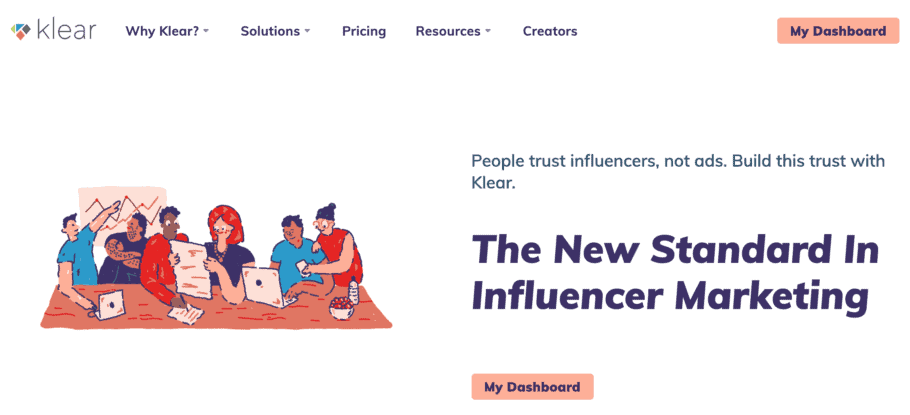
A pathbreaking tool, this influencer marketing search engine takes brands to the most popular influencers who can advertise their products and services. It is the tool of choice for brands like Twitter, Instagram, Facebook, and YouTube.
Brands can evaluate the reach and relevance of various influencers from within a vast pool and reach out to those they consider most suitable.
So they can opt for test promotional campaigns and track the results of the process in real-time. Thus, Klear streamlines a brand’s campaign management and helps build strong, lasting relationships with influencers.
3.4 BrandMentions [Join BrandMentions]
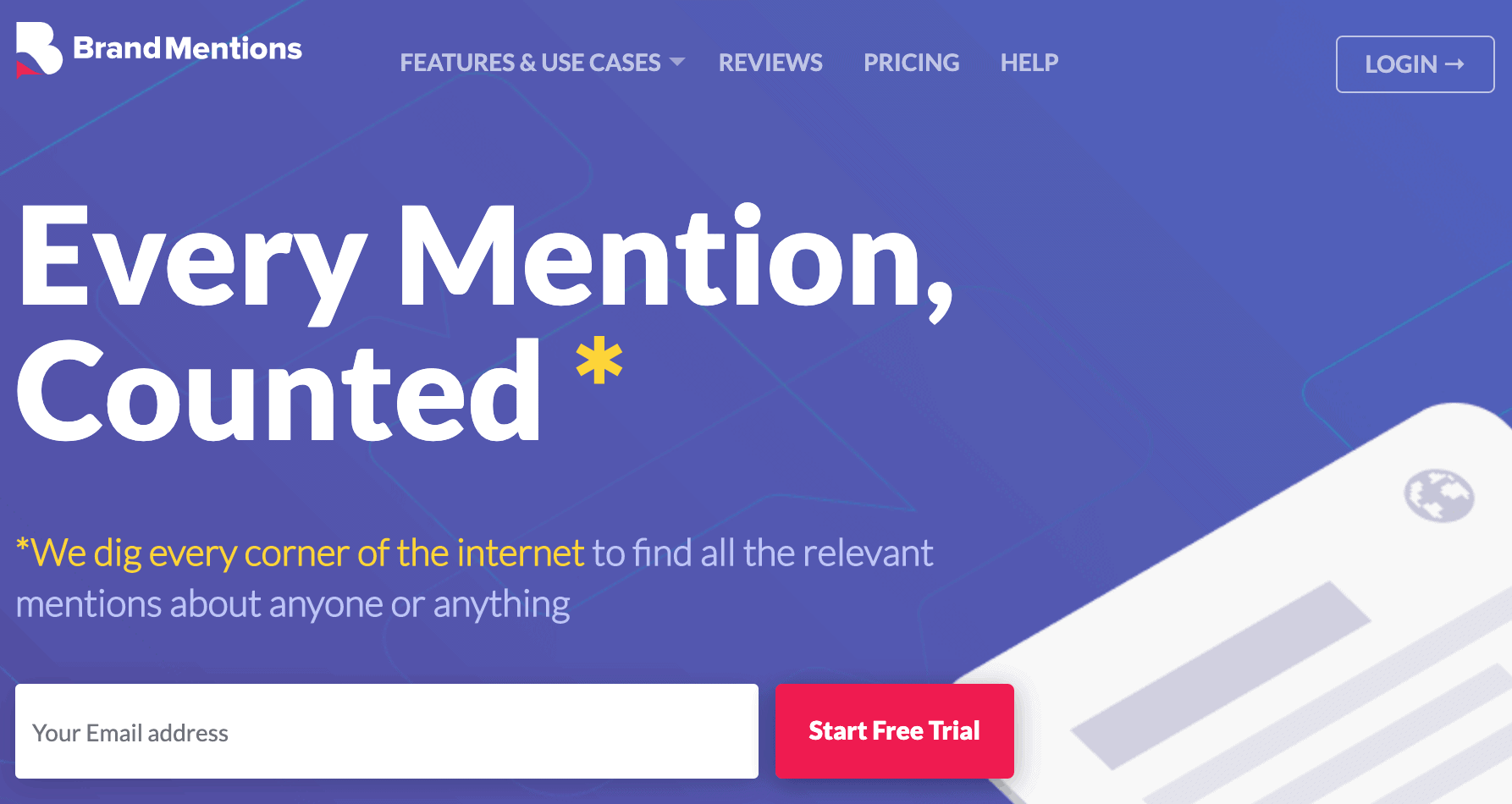
BrandMentions is another powerful tool for measuring your social media marketing impact. From brand monitoring, reputation management, business intelligence to competitor spying, the tool provides you with relevant information about the success of your brand awareness campaigns.
BrandMentions also provides real-time notifications; you get notified once your site gets a new backlink or is mentioned in places that matter across the web.
3.5 Keyhole [Join Keyhole]
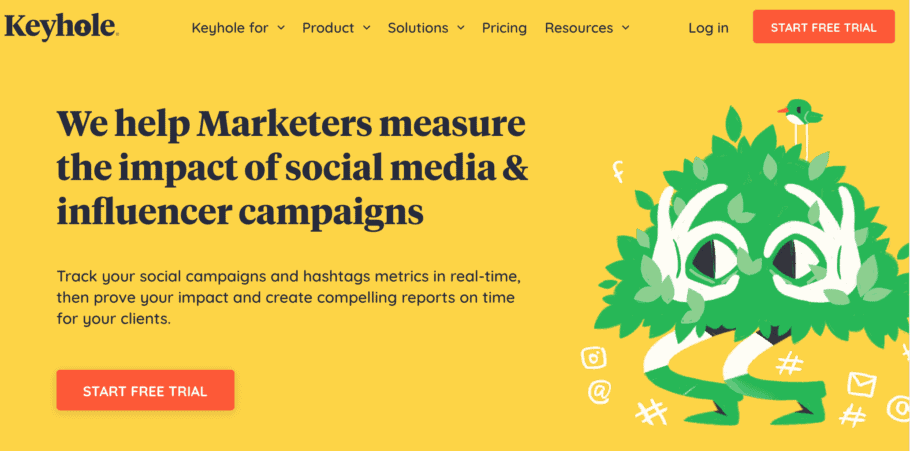
This tool goes a step further: it offers brand monitoring data for various online forums, news platforms, and blog agencies. Also, it provides real-time analytics that brands can access anytime, anywhere. It lets brand managers know whenever their brands are mention or not, on top of event and campaign monitoring and influencer marketing.
One of the key features of Keyhole is that it streamlines the campaign monitoring process. This is possible by integrating collective data, by which Keyhole differentiates the high-performing campaigns from the poor ones. This tool rejects the latter while focusing on how to modify and further improve the former.
This list is far from exhaustive. There are loads of other social media analysis tools that brands can choose and buy according to their interests.
4. In closing
In summary, social media competitive analysis is a crucial practice that must regularly create, carefully, and effectively. A brand that aspires to improve its social media outreach and promotional growth must conduct multiple analyses.
It must also address the opportunities and issues regarding brand marketing and take the help of efficient analysis tools to put forth excellent campaigns.
Using the right set of tools, you can run your analysis quickly and spend more time focusing on your own efforts. How often do you gather data on your competitors?
Any tools that you consider essential to do social media competitive analysis?
Let us know in the comments below.
Further readings:

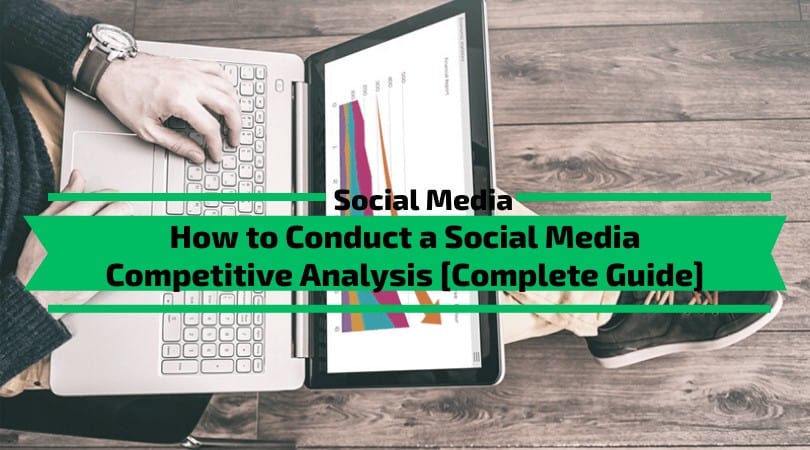
![How to do Keyword Research [Complete Guide]](https://competico.com/wp-content/uploads/2017/07/keyword_research_complete_guide.webp)
